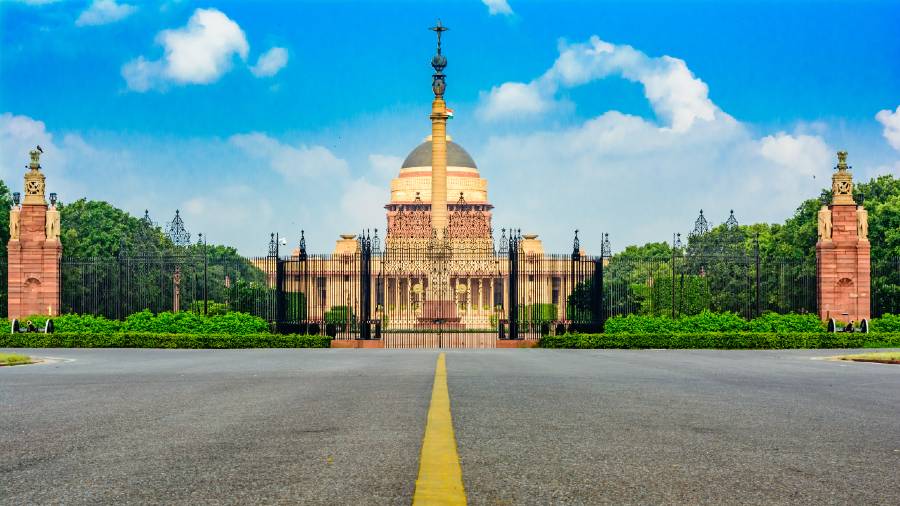In summary, some of what goes into maintaining the highest office in the country, if only as a footnote to the description of how President Kovind described his monthly income from the treasury
It is widely believed that Sarojini Naidu once said to Mahatma Gandhi if he knew how much it costs every day to keep him in poverty. Last week, President Ram Nath Kovind was the first resident of Rashtrapati Bhavan to publicly set out his modest salary. “If the president is the highest paid employee in the country, he pays taxes too … it can’t hurt to say that … everyone says you get (Rs) five lakh as a salary, but I pay taxes too. (Rs) 2.75 lakh goes to taxes. What’s left And what’s left … well, our officers and teachers who sit here get more than that … ”he said at a short celebration at the Jhinjhak train station near his home village near Kanpur. In summary, some of what is also required to maintain the highest office in the country, if only as a footnote to the description of how President Kovind described his monthly income from the Treasury.
The estate
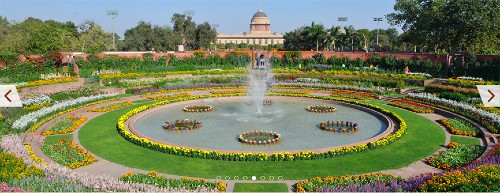
It stretches over 330 acres on Delhi’s Raisina Hill and has more than 300 rooms that span four flanks of the H-shaped centerpiece called the Rashtrapati Bhavan. It has a columned, tiered forecourt for ceremonies, guarded by the slender obelisk of the 45-meter-high Jaipur column. There are lavishly designed side courtyards, some of which are now used as parking spaces for invited guests. The property is larger than the Palace of Versailles and dotted with some of the finest colonial bungalows that are in great demand with Delhi’s power elite. When he was deputy prime minister of the short-lived Chandrashekar government, Devi Lal lived in one of these mansions on the western edge of the estate.
The entourage
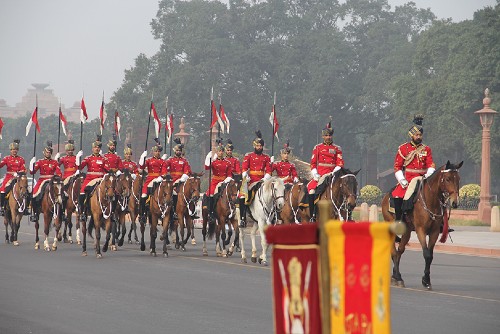
The presidential secretariat has more than 300 employees. This includes a senior secretary who heads several administrative departments, five aides to the armed forces, protocol and press officers, doctors and a chef. The top tier is often seconded by the IAS or IFS, but Presidents have also been known to have selected side officers for key positions. Quite apart from these, there is the presumed 86-strong presidential bodyguard, one of the army’s oldest cavalry divisions. It is manned by a hand-picked soldier who rides a special stable with brown horses. The monthly salaries of the staff are more than 1.5 billion rupees; The annual allowance for the staff of Rashtrapati Bhavan is estimated at Rs 66 crore. None of this includes the ranks of the Delhi Police Department charged with duties in and around Rashtrapati Bhavan.
The retreats
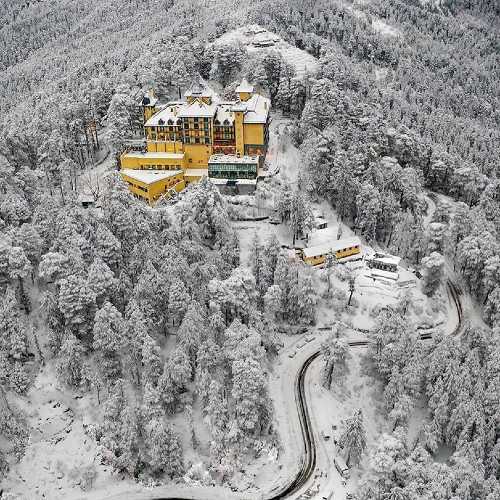
A classic 19th century wooden chalet near Mashobra in Shimla as a summer home and a winter vacation called Rashtrapati Nilayam in Hyderabad. Both properties are embedded in lawns and flower gardens, both have permanent and contractual staff for maintenance and care. Conservative estimates put the annual personnel and maintenance costs for the two properties at well over 1 billion rupees. The Mashobra chalet towers 300 meters above the Shimla ridge and is built almost entirely from woven Dhajji-style woodwork. The Hyderabad Nilayam is a 90 acre property with 11 private rooms and facilities for 150 guests.
The frills
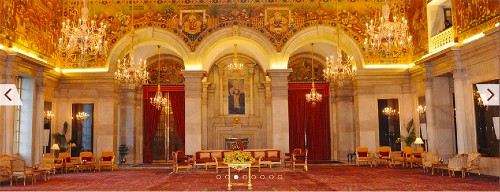
The Rashtrapati Bhavan is laid out in 190 hectares of gardens that have to be tended 365 days a year. Some of the more famous include the Mughal Gardens, which are briefly opened to the public every year, and a herbarium. There is also a music garden and an open area specially designed for meditation. Two dozen or more gardeners make up the apparatchik of this company. But in the months between October and February the number can swell many times over, as the beds are newly laid out and sown during this time. Their duties also include feeding a pen with spotted deer and, if necessary, using langurs to scare away wild rhesus hordes that are endemic to central Delhi. Dozens of fountains sprout through these gardens; there are also occasional interruptions from swimming pools, tennis courts, a polo field and a golf course. In the presidential quarters, perhaps the most ostentatious parts are Durbar Hall and Ashoka Hall, stages for swearing-in ceremonies and investitures, official banquets and occasional soirees. A two-ton chandelier hangs from the elaborately crafted ceilings. Adjacent to the Durbar Hall is a ballroom, which is often used as an anteroom for private conversations by VVIP participants.
The fleet
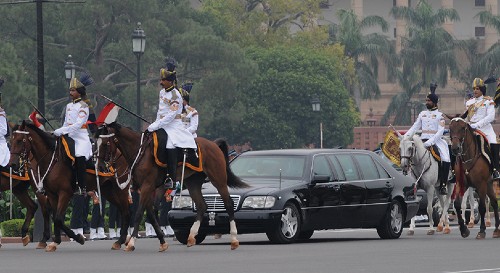
The president’s garages hold dozens of vehicles of all makes and types. Until a few years ago, the Rashtrapati went out to see the Republic Day parade in an open four-wheeled four-in-hand carriage of an imperial vintage; Pulled by horses, it is still occasionally used for arrivals and departures at the Beating Retreat ceremonies. But the routine presidential ride is now an S600-class stretch Mercedes Benz Pullman Guard sedan. It’s specially armored and bulletproof; it costs Rs 10 crore in the market.
When trains are needed – as recently when the president traveled to Kanpur – a luxury limousine is fitted out. There used to be an exclusively equipped saloon car for presidential use in a marshalling yard at the station. It had a vintage car with two coaches, but was declared unusable in 2016 and later decommissioned.
Long-haul air travel has been banned since the pandemic hit, but last November the president boarded a brand new, purpose-built Boeing 777 plane for a visit to Chennai. The retrofitted, ultra-modern aircraft – in addition to sleeping chambers and workplaces, it has built-in anti-missile defense systems and self-protection suites – cost around 4,200 billion rupees. (The purchase was made on an aircraft with an identical purpose for the Prime Minister; the total deal was billed at an estimated Rs.8,400 billion.)
The tip
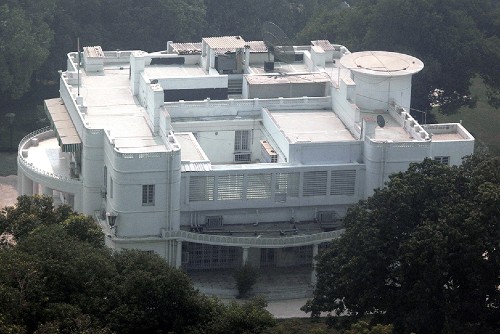
The nation offers outgoing presidents an array of lifelong amenities, including sophisticated security, free and furnished accommodations – usually in a scouted and renovated Lutyens bungalow – and secretarial staff. Cars and telephony also come without a bill. You will have access to free medical care and free world-class travel to domestic destinations of your choice when accompanied by another person. They are also entitled to a monthly pension equal to 50 percent of their most recent salary, which, admittedly, would be much less than the package President Kovind said he is coming into hand as our first citizen right now.

